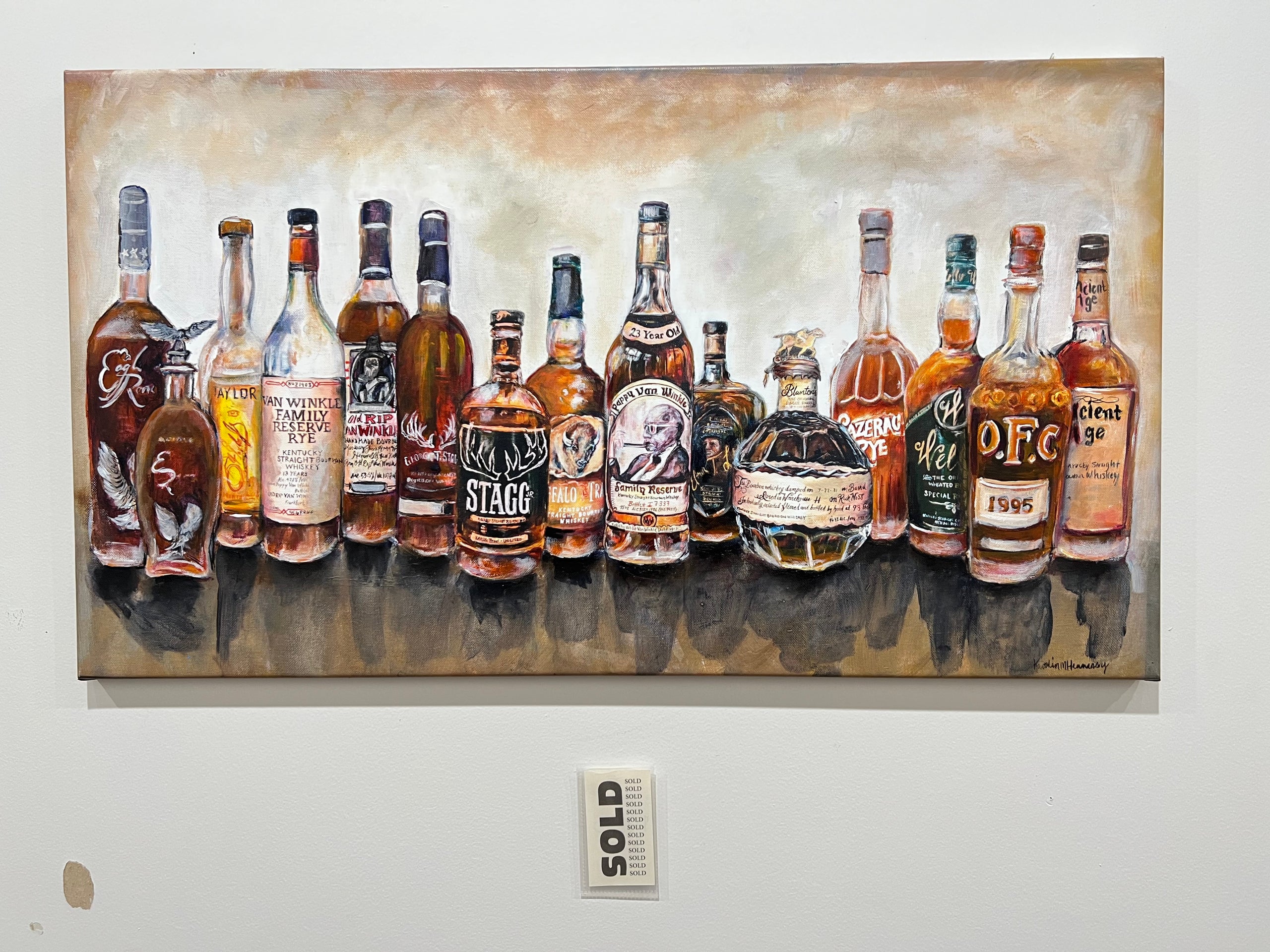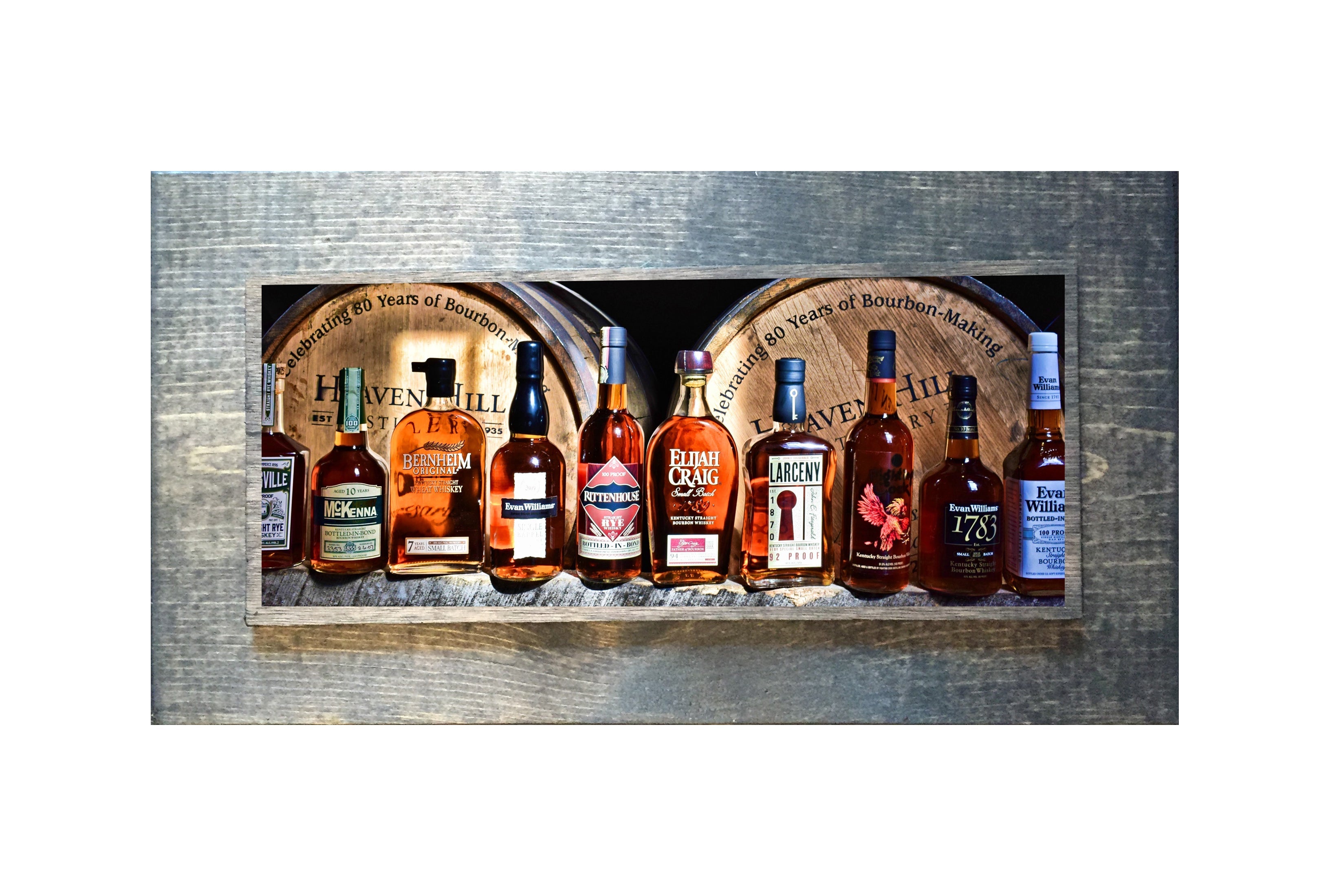The Significance of Whiskey Art in Celebrating Heritage and Craftsmanship in the Beverage Sector
The complex partnership in between whiskey art and the party of heritage and craftsmanship within the drink market can not be overstated. Through attentively created labels and containers, whiskey brand names envelop their historic origins and the artisanal skills that specify their production approaches. This artistic measurement not only boosts market charm but likewise functions as a conduit for social storytelling, fostering a much deeper connection between the craft and the customer. As we discover the numerous facets of this topic, fascinating concerns concerning the impact of contemporary fads on traditional methods develop, prompting further assessment.
The Historical Origins of Whiskey
At the heart of scotch's appeal exists a rich tapestry of historical origins that map back to ancient human beings. The origins of whiskey can be connected to the distillation practices of the Sumerians and Babylonians around 2000 BCE, where very early kinds of fermented grain drinks started to arise. However, it was in the Center Ages that the art of purification evolved significantly, particularly in Ireland and Scotland, bring about the creation of bourbon as we understand it today.
The term "whiskey" itself stems from the Gaelic word "uisce beatha," suggesting "water of life." This expression highlights the social importance of whiskey in Celtic cultures, where it was often related to routines, events, and communal bonding. By the 15th century, distillation came to be an acknowledged craft within monastic areas, paving the means for the facility of legal distilleries.
As profession routes increased, whiskey's appeal expanded, transcending local boundaries and capturing the rate of interest of connoisseurs worldwide. Bourbon Art. This historic trip reflects not only the workmanship behind scotch manufacturing however also its indispensable duty in social and social contexts, noting it as a significant drink throughout history
Artistic Expression in Branding
Scotch branding stands as an engaging intersection of virtuosity and business, where visual identification plays a crucial function in shaping consumer understanding. The aesthetics of scotch tags, product packaging, and marketing materials mirror not just the brand's story but likewise its core values and heritage. Via artistic expression, distilleries convey a story that resonates with customers, stimulating emotions and triggering links.
The usage of color, typography, and images in branding serves to distinguish products in a saturated market. As an example, typical concepts may stimulate a sense of authenticity and workmanship, while modern layouts can indicate innovation and forward-thinking. This critical creative direction boosts brand name recognition and commitment, enabling consumers to create a personal connection with the bourbon they choose.
In addition, artistic expression in branding typically offers as an event of local heritage. Distilleries often include regional signs or historical referrals into their layouts, producing a local color that invites customers to take part in a more comprehensive cultural experience. Inevitably, the creativity behind whiskey branding not just boosts aesthetic appeal yet also improves the total story of the brand, cultivating a deeper appreciation for the workmanship and heritage embedded in each bottle.
Workmanship in Container Style
The virtuosity noticeable in bourbon branding expands you could try here beyond aesthetic identity to encompass the workmanship associated with bottle style. Each container works as a vessel not simply for the spirit within, yet also visit homepage for the story it tells concerning its top quality, beginning, and tradition. The design procedure requires thorough interest to information, as aspects such as form, material, and closure add dramatically to the general understanding of the whiskey.
Workmanship in container style includes selecting top quality glass that can enhance the bourbon's color and clarity, while additionally giving a responsive experience for the consumer. The shape of the container should be both visually appealing and useful, commonly showing the heritage of the brand. Several distilleries go with unique forms or embossed logo designs that evoke a feeling of credibility and history.
In addition, the tag style and typography play an important role in connecting the brand's story. Whiskey Art. A well-crafted container not only astounds the consumer's eye but likewise reinforces the brand name's commitment to high quality and tradition. By doing this, the craftsmanship of container design ends up being a vital element of the bourbon experience, Full Article merging virtuosity with a profound regard for heritage
Social Importance of Bourbon Art
Celebrating custom and workmanship, the cultural relevance of scotch art goes beyond mere aesthetics, intertwining with the social and historic narratives of the areas where it originates. Each bottle offers as a canvas, portraying the one-of-a-kind tales, folklore, and customs that have actually formed local whiskey-making practices. The complex layouts frequently show the heritage of the distillers, including icons and motifs that resonate with the culture and worths of their areas.

In addition, bourbon art plays an important duty in communal events and celebrations, working as a tangible link in between people and their shared experiences. By appreciating the virtuosity in whiskey packaging, customers grow a deeper understanding and respect for the craft, eventually improving their enjoyment of the beverage itself.
Modern Trends in Scotch Discussion
In the last few years, the presentation of bourbon has actually developed to show modern preferences and trends while still honoring standard workmanship - Whiskey Art. Distilleries are progressively concentrating on visual elements that enhance the general alcohol consumption experience, linking the gap between heritage and modernity
Innovative bottle styles have actually arised, often incorporating sustainable materials and creative tags that inform engaging tales. Several brand names currently work together with regional musicians, infusing their products with distinct aesthetic expressions that reverberate with customers. Furthermore, limited-edition launches are often packaged in collectible containers, adding value and appeal for lovers.

Verdict
In final thought, whiskey art serves as a vital conduit for sharing the heritage and workmanship integral in the drink market. With intricate branding, innovative container designs, and culturally significant artistic components, bourbon brands efficiently honor their practices and attach with consumers.


Workmanship in bottle design entails picking top quality glass that can improve the bourbon's shade and clearness, while also giving a responsive experience for the consumer. In this way, the workmanship of bottle design comes to be a crucial aspect of the bourbon experience, merging creativity with a profound regard for heritage.
In final thought, bourbon art offers as a vital avenue for revealing the heritage and craftsmanship integral in the beverage sector.
Comments on “Realism Art in the Whiskey Market: Illustrating Moments of Purification”